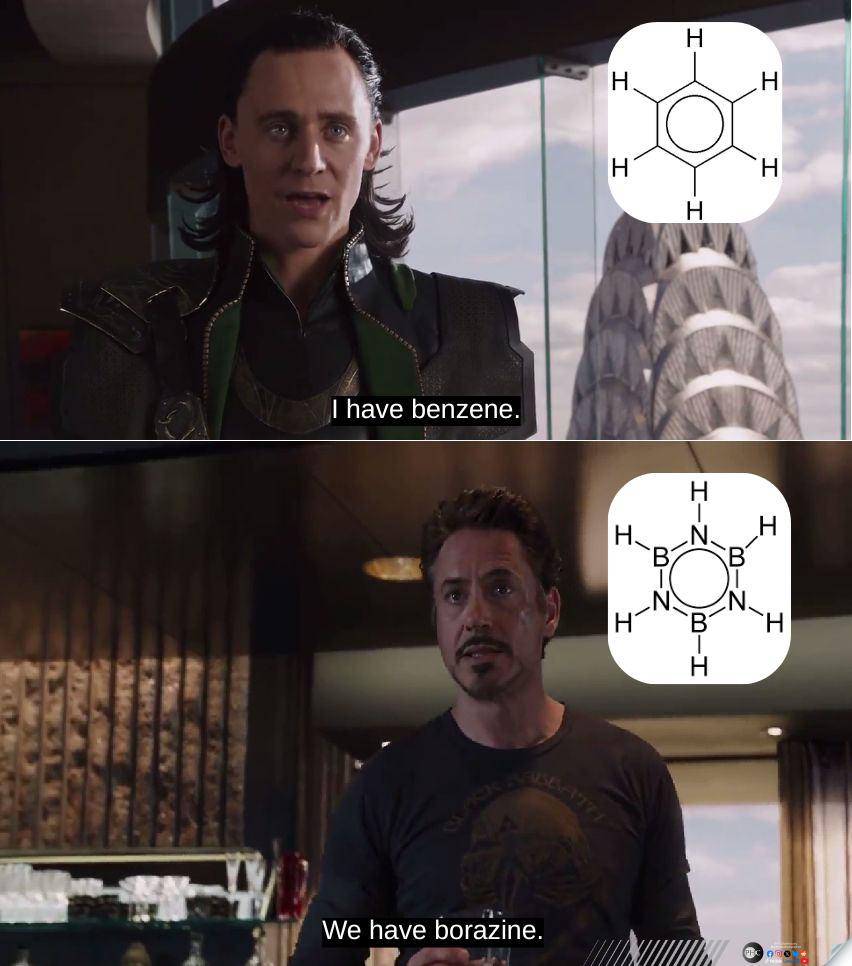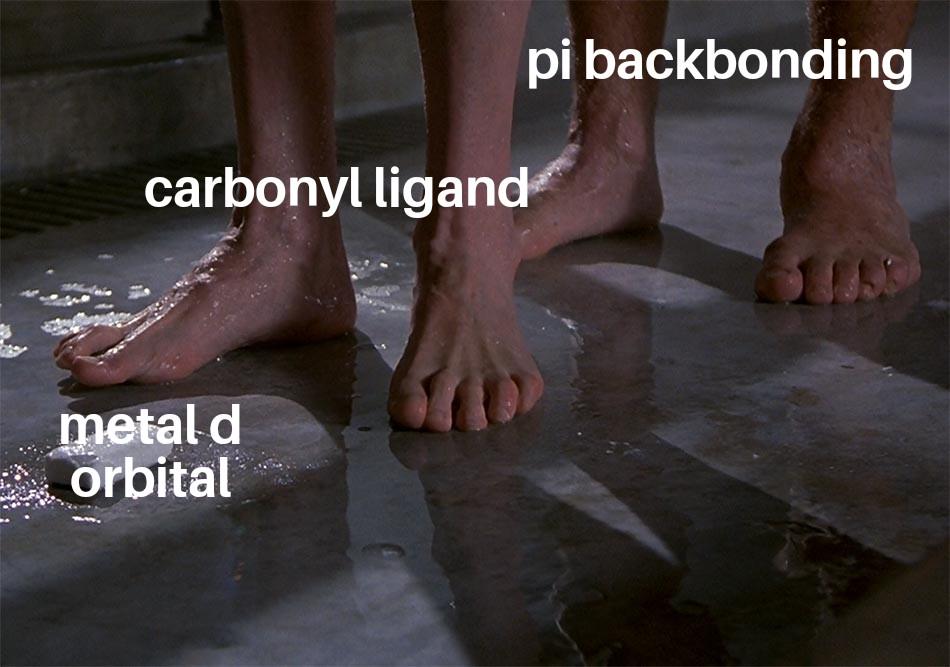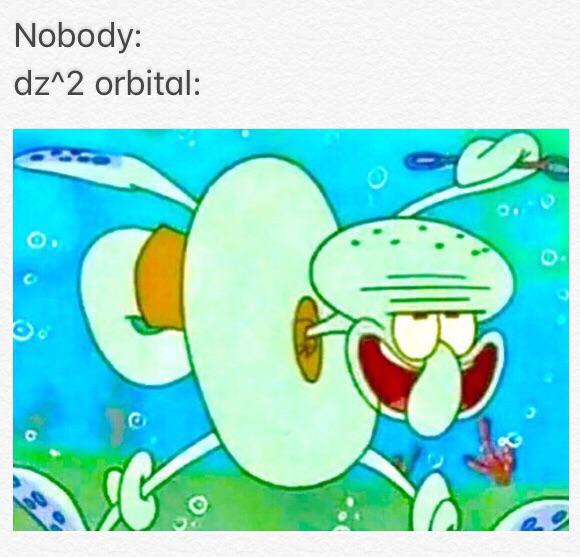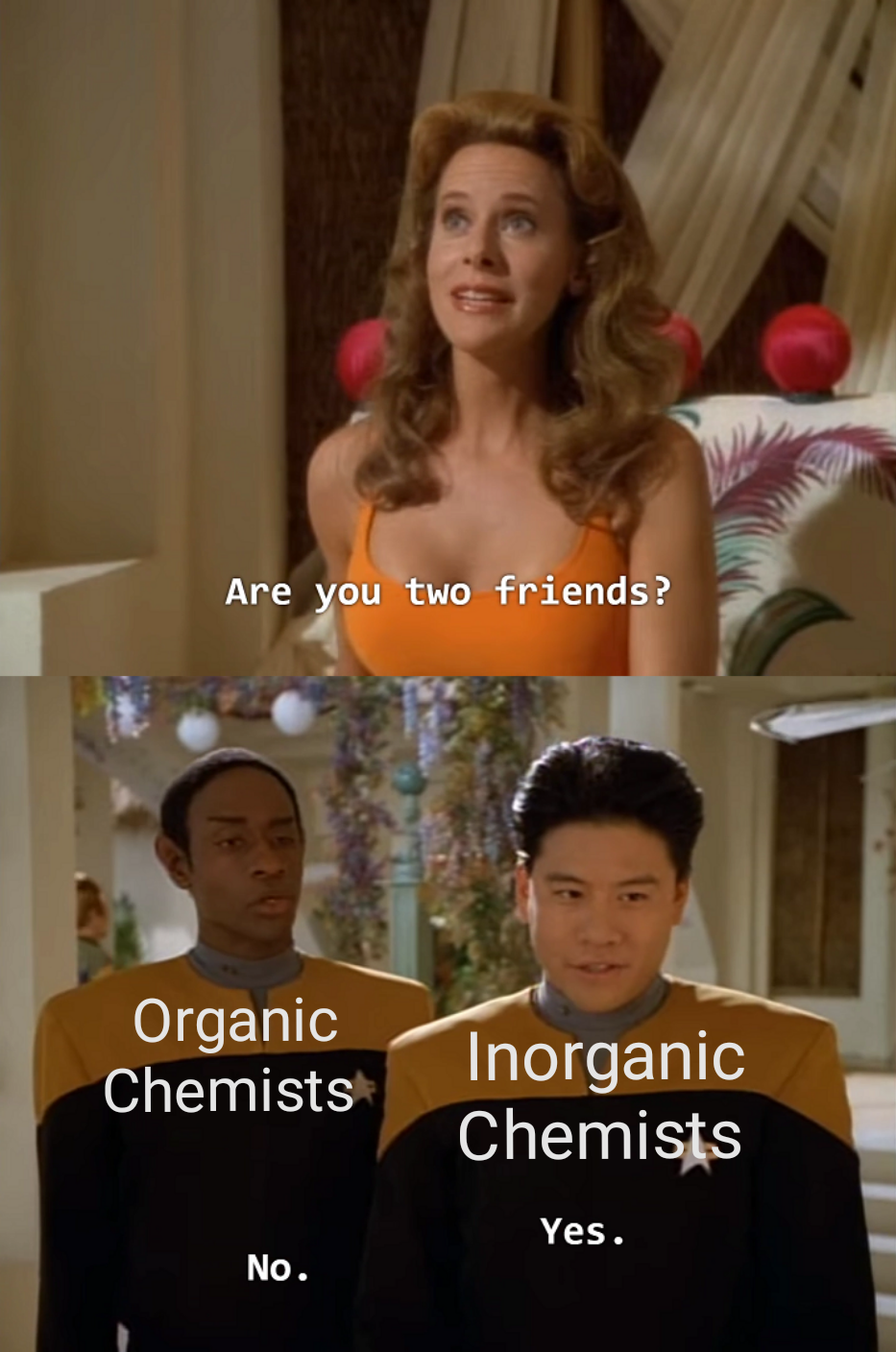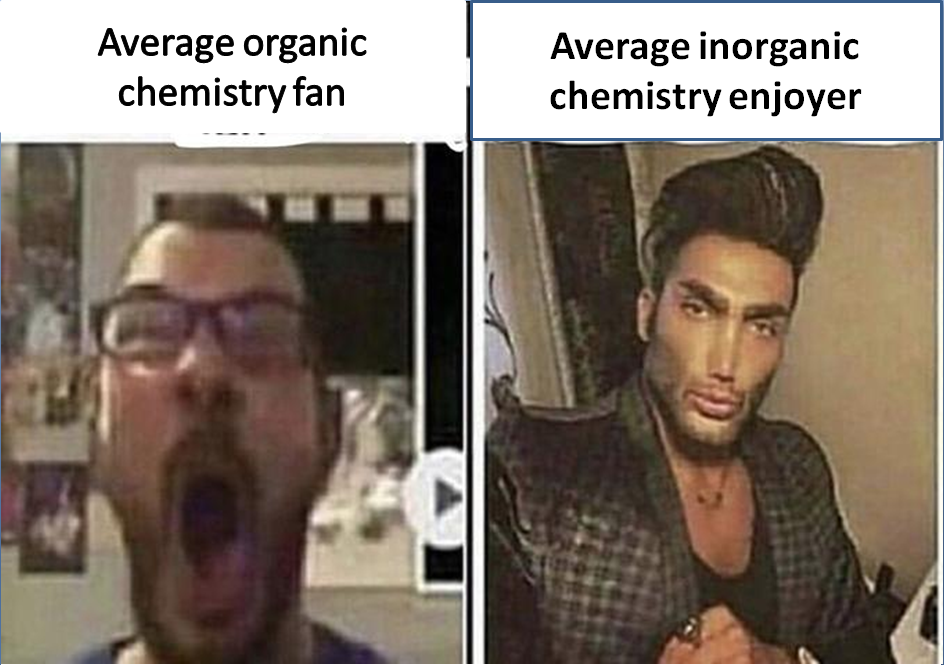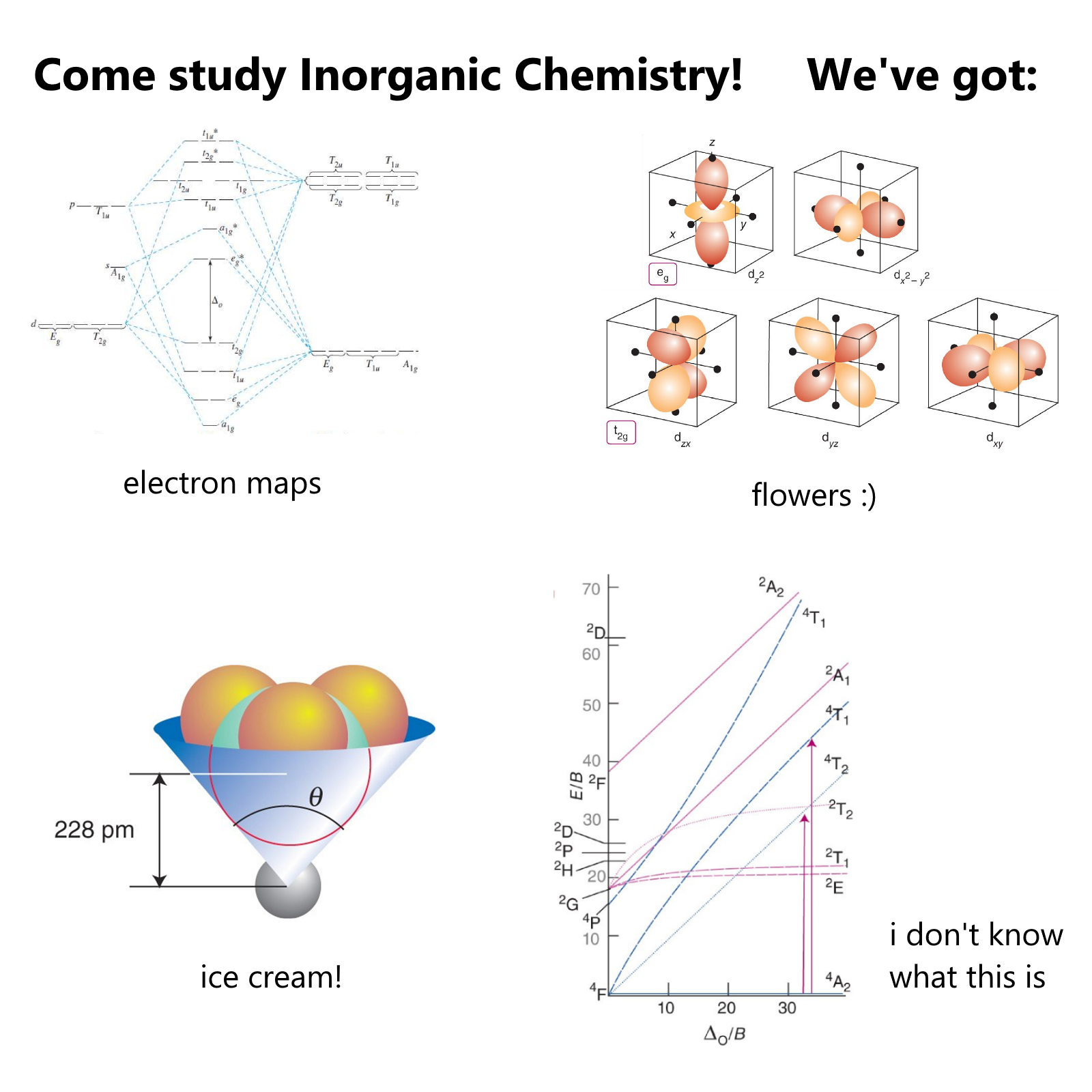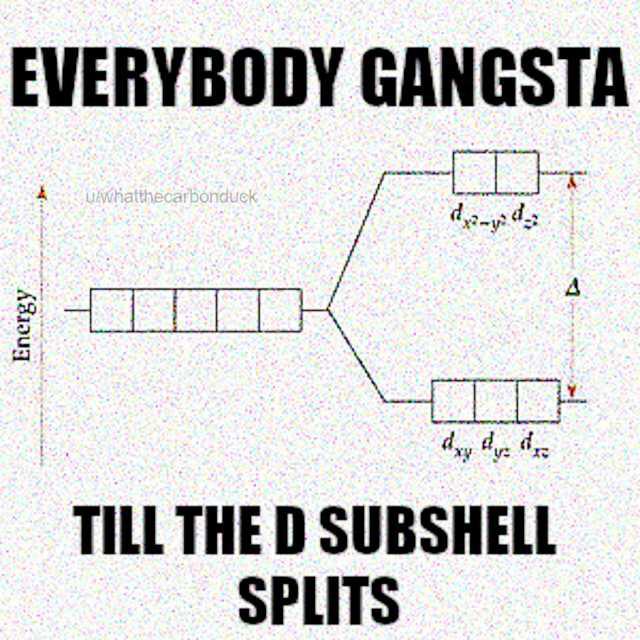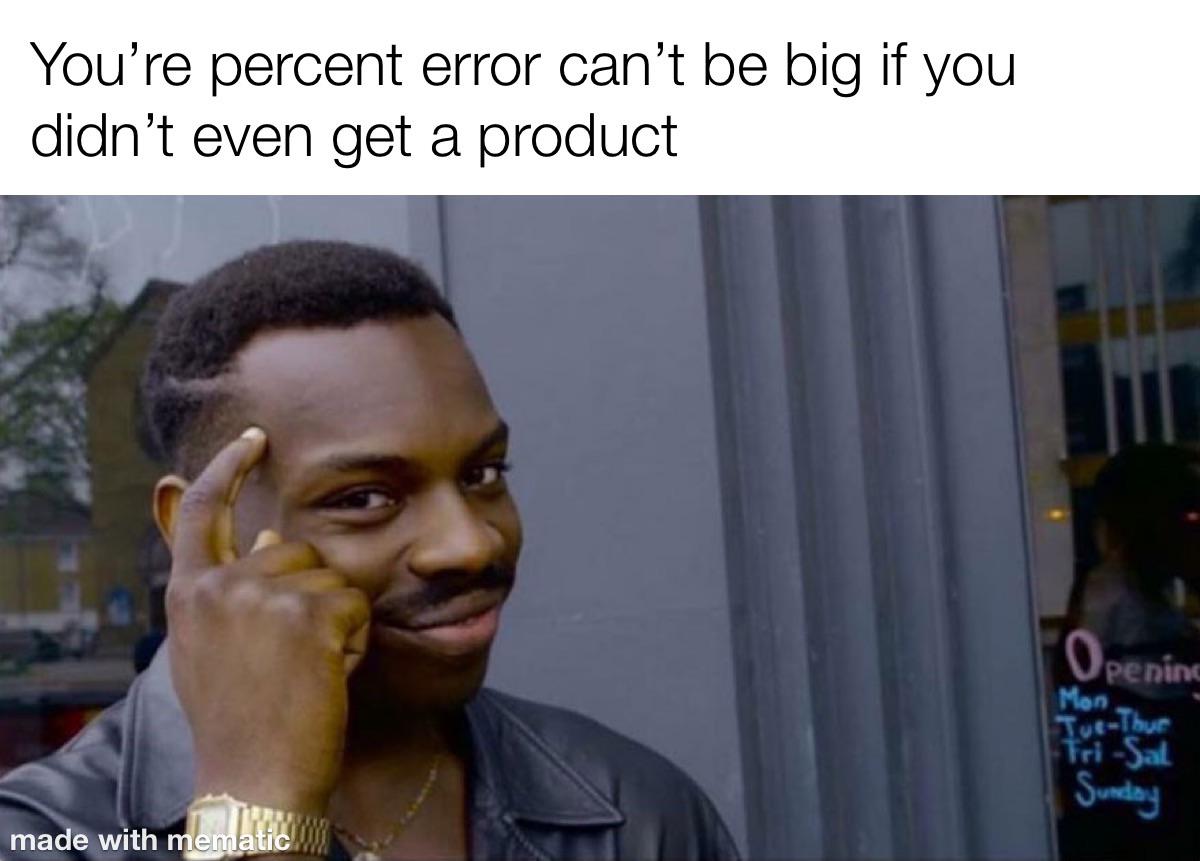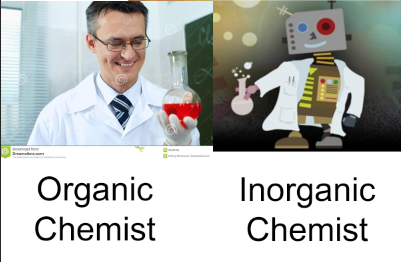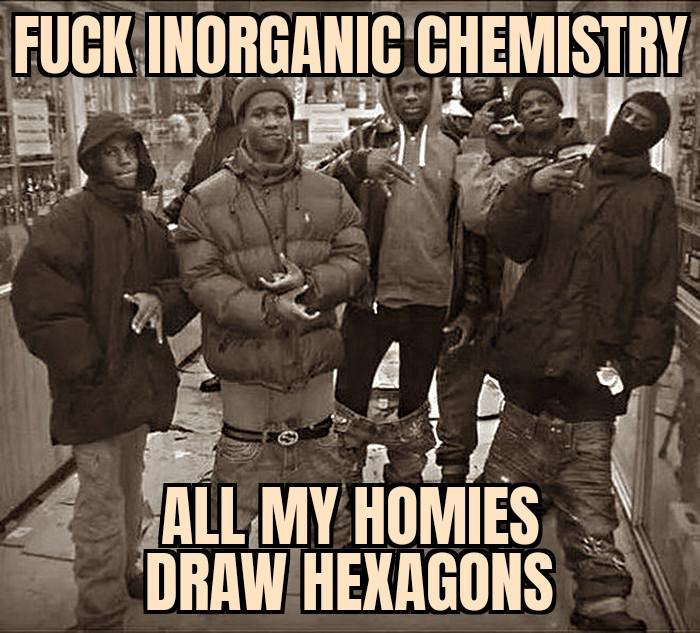Chemistry's greatest rivalry exposed! Organic chemists are like that one family member who refuses to sit next to their cousin at Thanksgiving. Meanwhile, inorganic chemists are desperately trying to bridge the gap with "But we both love electrons, right?" The carbon-obsessed organics and the everything-else inorganics share lab space but NEVER research papers. It's like watching two siblings fight over who gets to use the NMR machine first, except they've been fighting since the 1800s. The periodic table might be unified, but these chemists? Absolutely not bonding!


 Academia
Academia
 Ai
Ai
 Astronomy
Astronomy
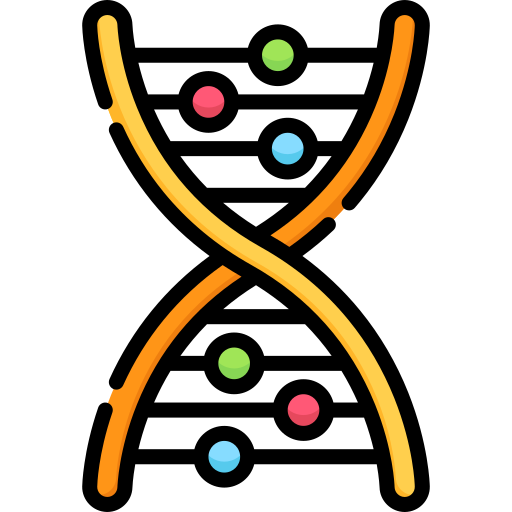 Biology
Biology
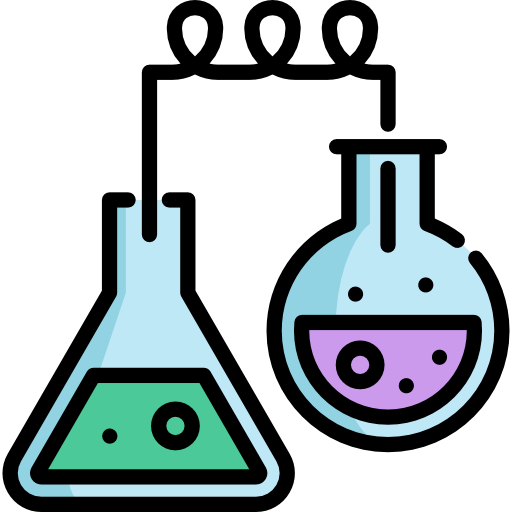 Chemistry
Chemistry
 Climate
Climate
 Conspiracy
Conspiracy
 Earth-science
Earth-science
 Engineering
Engineering
 Evolution
Evolution
 Geology
Geology
